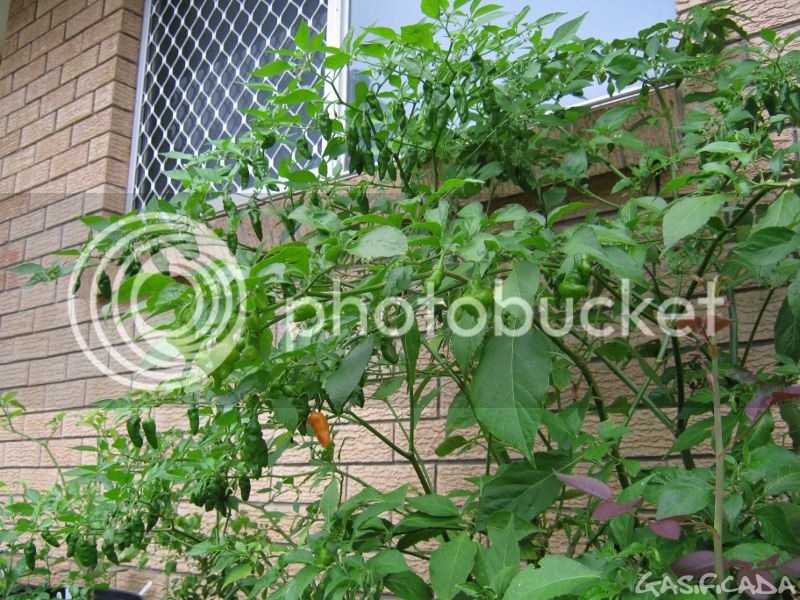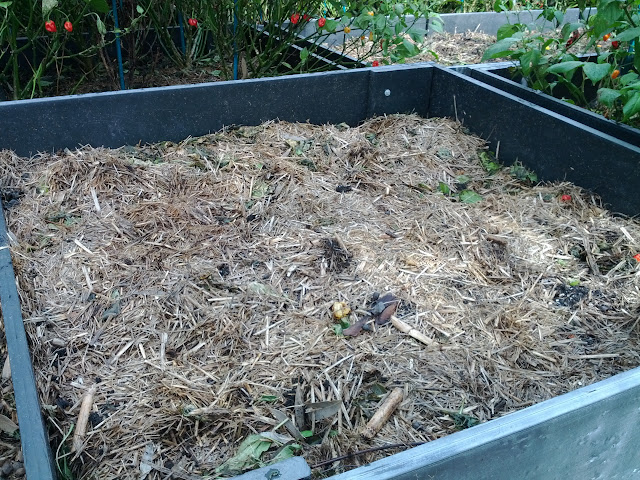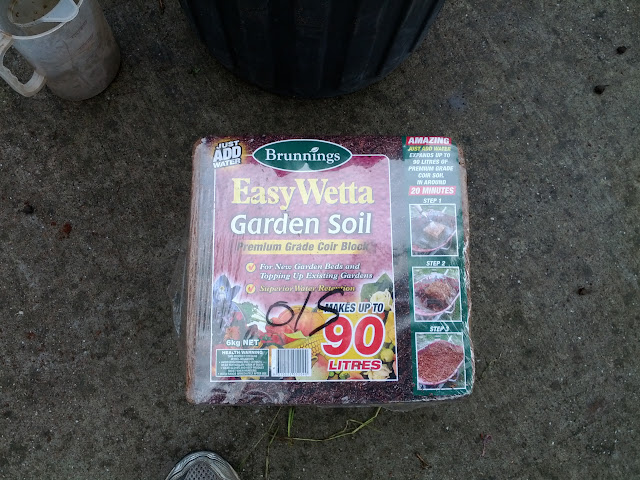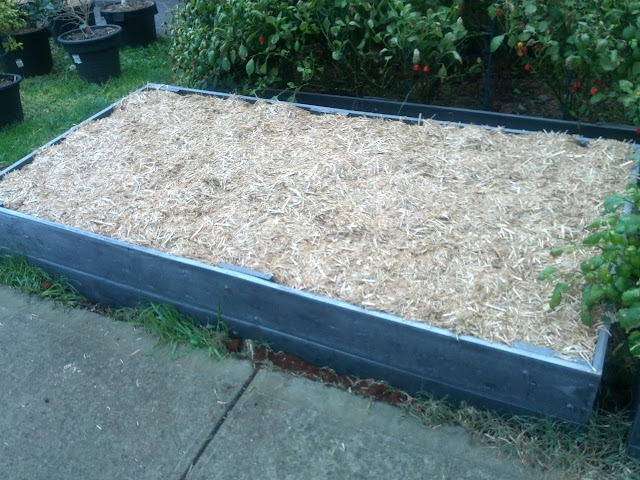I've been reading up on coco coir. Just in case you didn't know... it's made from coconut husks which are collected near the ocean where they soak up salt from sea water- not good for plants. For hydroponic purposes you need the fine grain and have to wash it several times. You can buy it prewashed but if you are getting the expanding brick stuff for gardens its probably salty.
I'm beginning to think that may have played a part in my plant dying disaster last season - buildup of salts causing nute lockout. That was all in pots though. If you are using it layered in the ground or a large bed I don't think it will be a problem. In pots you have to flush it through with a lot of clean water.
Edit: I sort of had to say that cos I've read so much about coco lately. Also learned a whole lot about how to grow pot

another edit: You can do a simple test if you have an ec/ppm meter to see how clean it is.
Coco coir is awesome.. for germinating.
Go back to the beginning of this thread, nova was using coco coir for that.
Last year I used some coco coir in my buckets, that was a bad move. (edit: not much, maybe 1/4-1/2L in a 8L bucket?). It holds moisture very well (which is why it is good for germinating), problem is on a 40C day you are just going to have a moist and hot root zone, as water holds the heat. Works fine if the buckets are kept in the shade (but then you get minimal plant growth), and what you really want is free draining, maximum sunlight even if that means you have to water the plants twice a day in summer. Chilli plants really really and I can't stress this enough, really like dry roots.
So I'm not putting coir in my potting mix again, but I'd use it for germination at any time, it rocks!
Just got to get those seedlings out ASAP into a drier potting mix with perlite as soon as they have popped.
I did some experiments even using perlite in coco coir.
I normally bottom water babies to prevent compaction, coco coir even with perlite is too absorbent, a few minutes of watering means they will be drenched for weeks with this cold weather. Need to keep seedings dry, especially if it's the current low winter temps!
But coco coir is the best germination medium I have found, just need to repot straight away (I found the same with jiffies too for the same reasons), but like jiffies if you are careful you can work around it, I'd rather not have the hassle with either though.
Moisture is the enemy for chillies, that's why people spend the big dollars on decent potting mix or perlite. Last year while most seedlings in normal potting mix started dying I had a seedling do very well, even though it was outside in the spring constant rain. That's because I put that one in 50% ! perlite.
They want to be dry!
Every time last year when I was learning , if I saw a seedling struggle I'd just pot it up, 70% of the time it would improve, it didn't need the bigger pot, it just needed to be drier! Over watering is the #1 issue when it's not 40C for me. #2 pests, #3 virus/bacteria/disease, only #4 ferts/nutes, so it's important not to overwater.
But then again coir is what you want when trying to germinate, something that stays moist for a long time and doesn't have chunky bits like SRM does. Since switching to coco coir for germination I've been way more successful that I was with potting mix, seed raising mix, jiffies, paper towels in bags or containers.
The coco coir in my pots last year was equally good and bad. Good means I didn't have to water every day, but they still struggled in the sun and the high moisture level just helped the root cook more evenly. And as soon as the rains come, every plant was doomed as moisture retention was too high, so I'm not using coir again with mature plants, rather just make them really good drainage and water them twice a day.
Coir is good though, helps germination and just recycle it. I germinate in coir but pull the seedling out ASAP and stick it in potting mix, recycle the coir for the next seeds. That's what I'm doing from now on.









